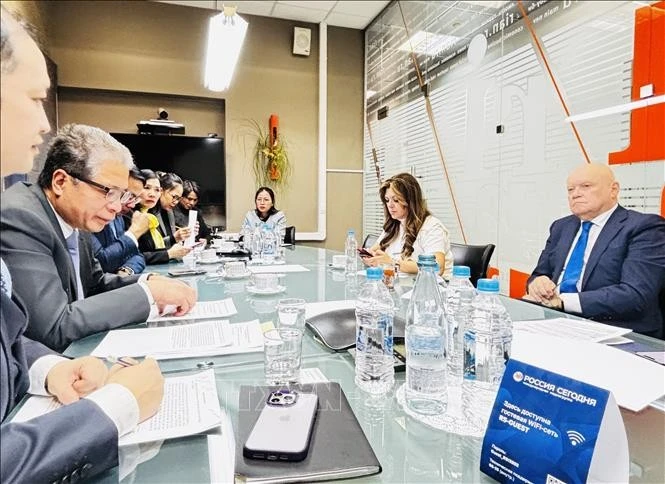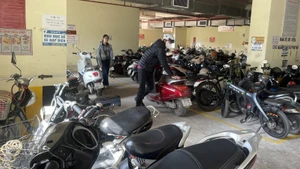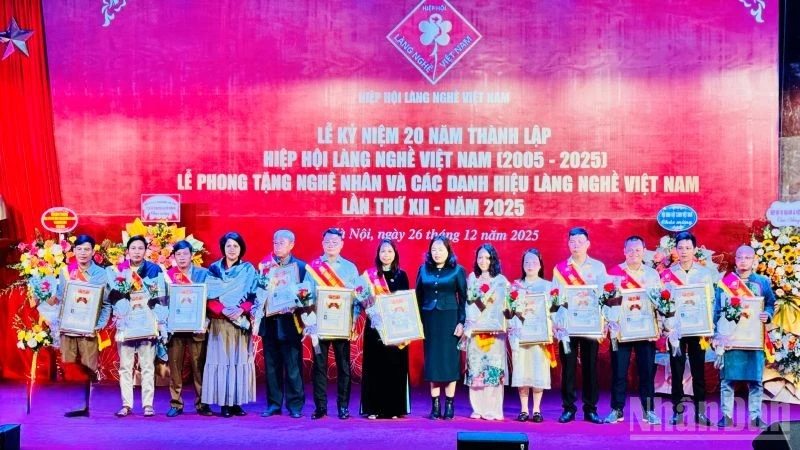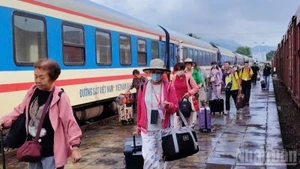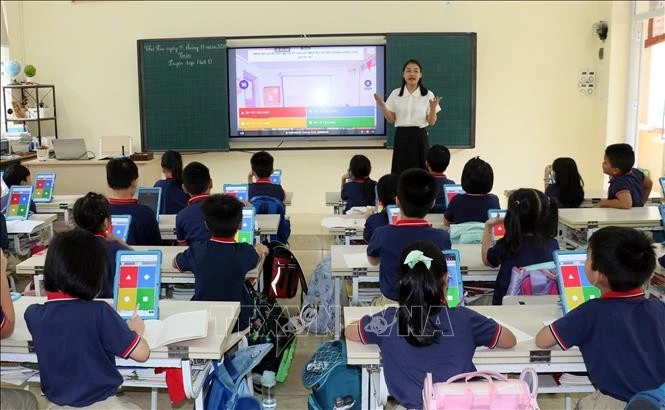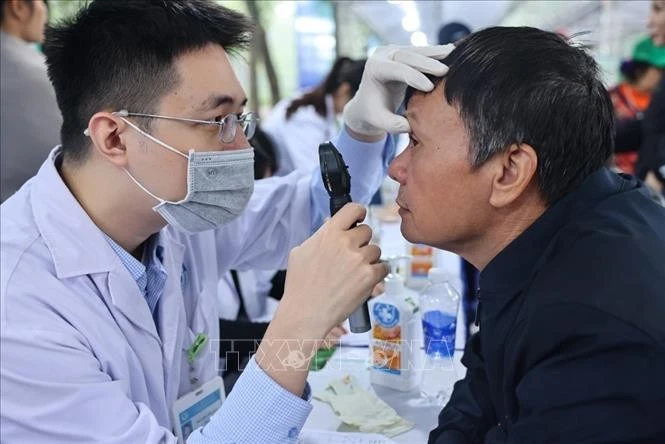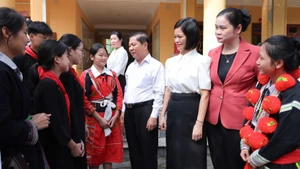By 2030: Multidimensional poverty rate to decline by 1–1.5% annually
The Ministry of Agriculture and Environment has prepared a report proposing the investment policy for the national target programmes on new-style rural area development and sustainable poverty alleviation for the 2026–2035 period.
This policy is based on integrating the national target programme on sustainable poverty alleviation and the national target programme on new-style rural area development and into a new 10-year national target programme (2026–2035).
Accordingly, the new national target programme aims towards “ecological agriculture, modern countryside, and civilised farmers” as well as “multidimensional poverty reduction and inclusive development,” contributing to the strong growth of the nation in the new era—an era of development, prosperity, and strength.
The programme will be implemented nationwide. Its beneficiaries include poor households, near-poor households, recently escaped-poverty households, individuals, communities, cooperatives, cooperative groups, enterprises, and other relevant organisations, with priority given to rural areas and poor communes.
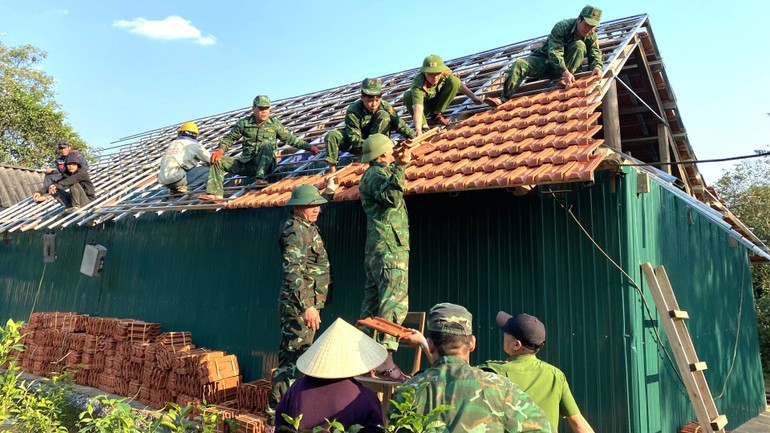
The programme will run for 10 years in two phases. From 2026–2030, it will focus on objectives set for 2030, and from 2031–2035, it will continue with objectives for 2035. Specific targets are set for each stage.
Targets to 2030 include:
Rural residents’ average income by 2030 to increase 2.5–3 times compared with 2020.
The multidimensional poverty rate to decline by 1–1.5% annually while those in poor communes to drop by at least 3% annually.
Strive for 100% of poor communes nationwide to escape poverty; at least 65% of communes to meet new-style rural areas standards (including at least 83% of Group 1 communes, 73% of Group 2, and 48% of Group 3), according to the national criteria for new-style rural development for 2026–2030; about 10% of communes to be recognised as “modern new-style rural communes” under central pilot frameworks and specific criteria set by provincial People’s Committees.
By 2030, around 4–5 provinces or centrally-run cities to be recognised as having completed the new-style rural development tasks according to the 2026–2030 criteria.
Box: By 2030, the multidimensional poverty rate to decline by 1–1.5% annually while those in poor communes to drop by at least 3% annually.
Strive for 100% of poor communes nationwide to escape poverty.
Targets to 2035 include:
Rural per capita income to increase at least 1.6 times compared with 2030.
At least 85% of communes to meet new-style rural areas standards (including 100% of Group 1, at least 92% of Group 2, and at least 70% of Group 3); about 30% of communes to be recognised as “modern new-style rural communes” under central frameworks and provincial criteria.
Around 10–12 provinces or centrally-run cities to be recognised as having completed new-style rural development tasks; 4–5 provinces to reach “modern new-style rural areas” standards.
11 content groups with numerous tasks
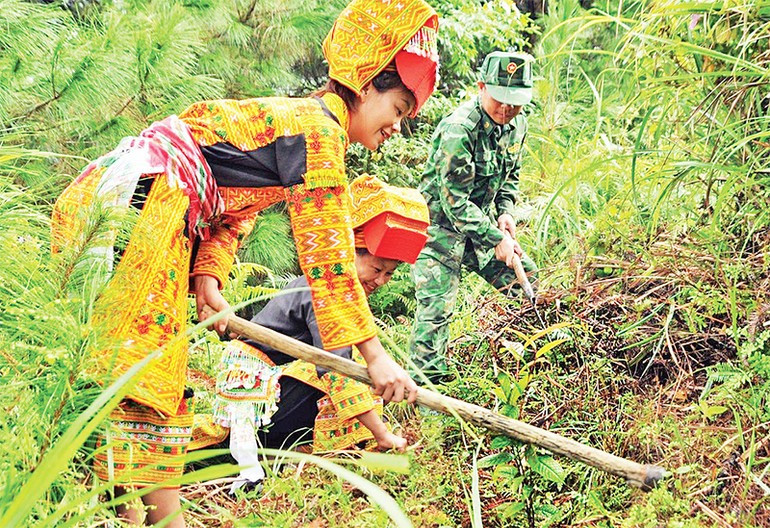
The draft programme prepared by the Ministry of Agriculture and Environment consists of 11 content groups and many specific tasks:
Completing planning in accordance with regulations, ensuring consistency, suitability, promoting regional advantages, and boosting sustainable development (two tasks).
Developing comprehensive, modern rural socio-economic infrastructure, effectively connected with urban areas and adapted to climate change (fourteen tasks).
Developing the rural economy towards ecology, modernity, integrated multi-value, and market adaptation (nine tasks).
Training rural human resources and supporting sustainable job creation (five tasks).
Comprehensive development of culture, education, and healthcare, improving people’s quality of life (three tasks).
Sustainable poverty reduction and social security (ten tasks).
Development of science, technology, and digital transformation in rural areas (two tasks).
Building a green, clean, beautiful and safe rural environment and landscape, adapted to climate change (three tasks).
Improving the quality of public administrative services; promoting the role of the Viet Nam Fatherland Front and socio-political organisations in new-style rural areas building and sustainable poverty reduction (seven tasks).
Legal access, security, and defence (three tasks).
Capacity-building, communications, monitoring, evaluation; effectively implementing movements for new-style rural development and sustainable proverty reduction (four tasks).
The total resources expected to be mobilised for implementing the programme in 2026–2035 are about 12.35 quadrillion VND, including 4.93 quadrillion VND for 2026–2030 and about 7.42 quadrillion VND for 2031–2035.
The Ministry of Agriculture and Environment emphasised that, based on the total central budget plan for 2026–2030 approved by the National Assembly, the Prime Minister will issue regulations on principles, criteria, and allocation norms for the central budget, as well as the matching ratio of local budgets, to implement the programme for 2026–2030 at both local and central levels.

